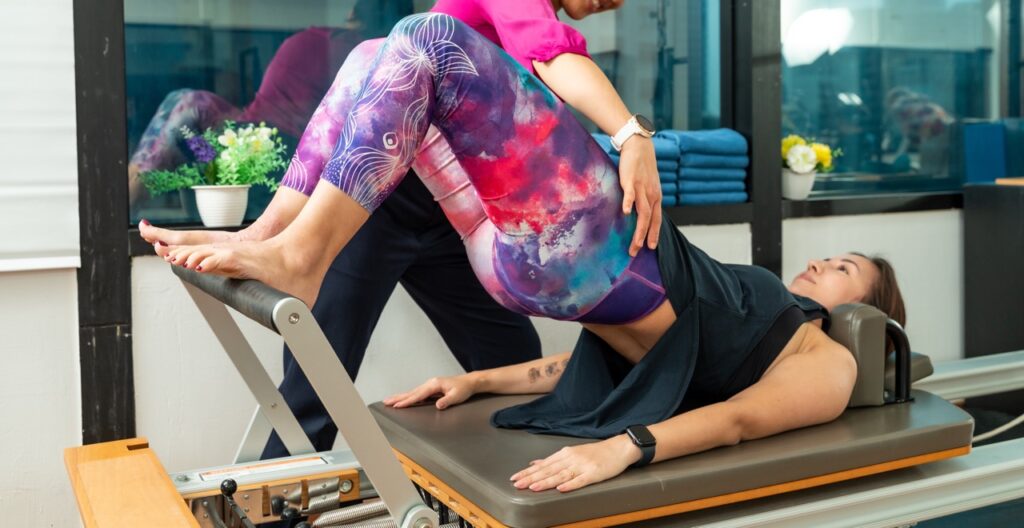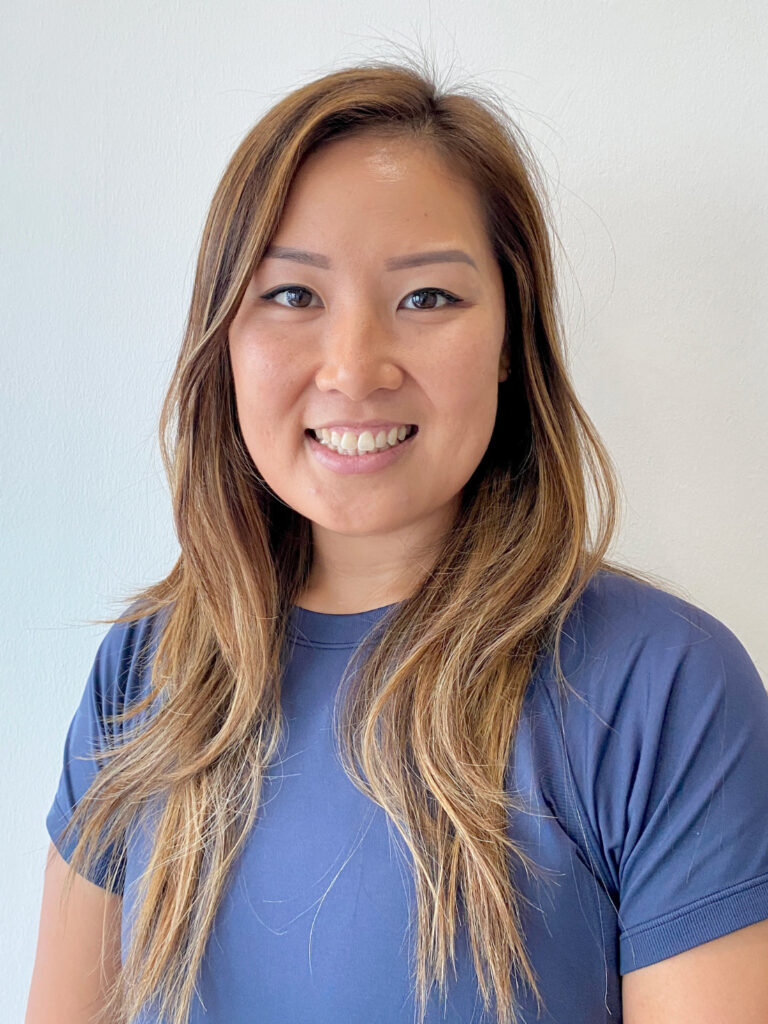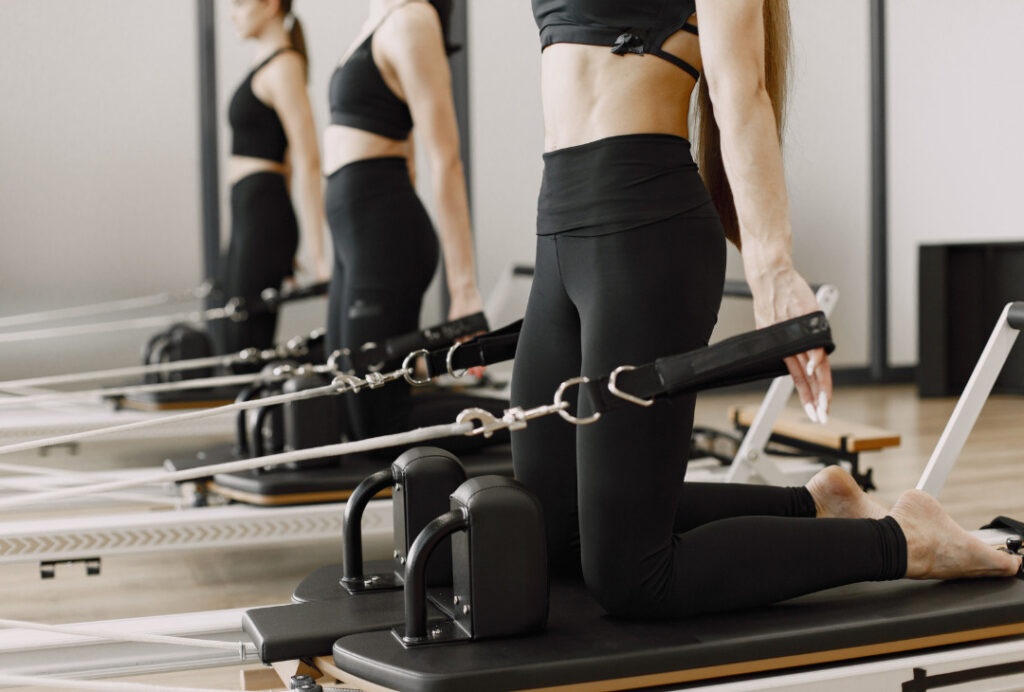What is Clinical Pilates Rehabilitation?
Pilates is a great exercise that you can incorporate into your routine. The technique encourages awareness of the body to support daily motions that are efficient and graceful. Pilates also enhances the core-strengthening benefits in improving posture and balance. But, do you know the difference between Pilates and Clinical Pilates?
Let’s find out!
Pilates vs Clinical Pilates

Clinical Pilates is an adapted form of traditional Pilates that was developed by Physiotherapists as another form of active rehabilitation and injury prevention. It focuses on strengthening the deep postural muscles of the abdomen and spine, and re-training movement patterns to allow improved performance of activities without aggravating existing or past injuries.
Physiotherapists spend years studying human anatomy, physiology, and biomechanics of movement, and therefore, can expertly guide you towards re-gaining your inner core and global strength. Our duty at Physio Focus is to provide a high level of standard of professional care so that you can gain the most out of our sessions, and provide you with the knowledge to apply concepts of Pilates to all other aspects of daily life. For example, sitting at your desk, picking up a sock from the floor, and running.
Understanding your history and thoroughly assessing your movement before joining classes is what distinguishes our Clinical Pilates from traditional Pilates. Our approach is to teach you how to move again after an injury, to trust your body’s ability to perform a movement pain-free, and with our individual sessions, you have the watchful eye of our physiotherapist to guide you away from potential injury and pain.
Benefits of Clinical Pilates
As with any other form of exercise, Clinical Pilates can provide both physical and mental benefits.
- Improve postural strength, health and overall fitness
- Decrease levels of stress & pain
- Enhance current capacities to reach higher level of performance
- Strengthen the deep and global muscles of the body
- Reinforce good movement patterns for injury prevention
- Expand body awareness
- Increase confidence in your body’s ability to tolerate and perform certain activities
- Improve strength, flexibility, balance, and stability
Who Can Benefit From Clinical Pilates

Clinical Pilates is a low-impact form of exercise suitable for all types of people of all ages. Our programs are customised to the individual’s needs and goals. Some of those who benefit from Clinical Pilates include:
- People suffering with chronic neck and/or back pain
- Any one who has hip, knee and shoulder injuries
- People managing a condition
- Patients recovering from surgery, or wanting to delay the need for surgery
- Pre- or post-natal women
- Athletes looking to improve their performance and prevent injuries (e.g. Swimmers, runners, golfers, cyclists, football players)
- People wanting to complement their current gym/training program with a low-intensity form of exercise
When Can You See Results
As with any exercise program, building strength, control and co-ordination takes practice and long-term consistency. During the first weeks of Pilates, you’ll start to notice a change in how you think about simple movement (e.g. sitting, walking up stairs), developing effective communication between the brain and muscles.
Although physical changes aren’t particularly seen in the early stages, you are already creating change in how your muscles are activating and responding to internal and external forces, and improving muscle co-ordinating to perform more complex movements. You might also start noticing that your pain is reducing or even gone. This is called neuromuscular adaptation.
As the weeks go on, more strength changes become apparent and muscles start to grow in size. This is where you’ll start to see changes in your physical appearance, more so if on a modified diet. Not in the way where muscles become “big and bulky” like a bodybuilder, but muscle definition in your arms, legs, hips and stomach.
Start On Your Clinical Pilates Rehab
Before jumping straight into Pilates, you need to first have an Initial Assessment with our physiotherapist who is skilled and trained in Pilates-informed exercise and performance. Whether you’re new or already have experience with Pilates, our physiotherapist needs to understand your medical history and goals prior to assessing how your body performs in a variety of movement tests. This will help ensure that your training is specific to you based on your level of exercise, injury and experience.
We now need to make sure you get the most out of Clinical Pilates and begin the process of building your foundational movements based on the findings of your assessment. Each session that follows aims to challenge you physically and mentally, and progress your level of understanding by providing you with the tools to self-correct and modify your movements independently.
You’ll have access to our Reformer, Wunda Chair, and Half-trapeze table, and your program will include a variety of accessory tools such as the Magic Circle, foam rollers and an assortment of therabands.
Book your appointment with our Clinical Pilates Rehab expert, Samantha Chia and you’re well on your way to a pain-free life!
A Sneak Peek of What We Do at Physio Focus Singapore

Written By: Samantha Chia, BSc Exercise Physiology (AUS) Master of Physiotherapy (AUS)
Samantha has over 8 years experience working with a large range of clientele within Sydney’s (Australia) private practice clinics, gyms and hospitals. She specialises in Musculoskeletal injuries, Sports Rehabilitation and Performance, women’s health (pre- and post- natal), lower back pain and cervicogenic headaches. She also has a wealth of experience with rehabilitation through Clinical Pilates.

